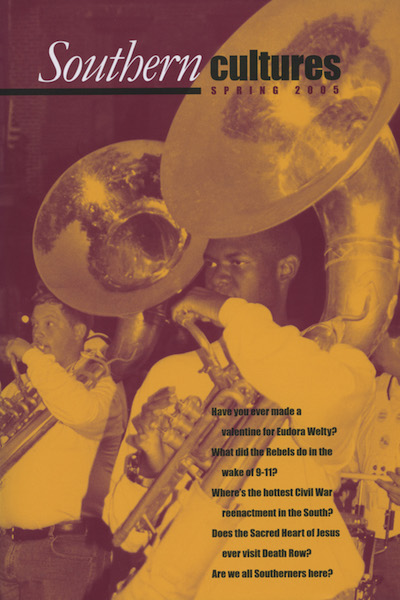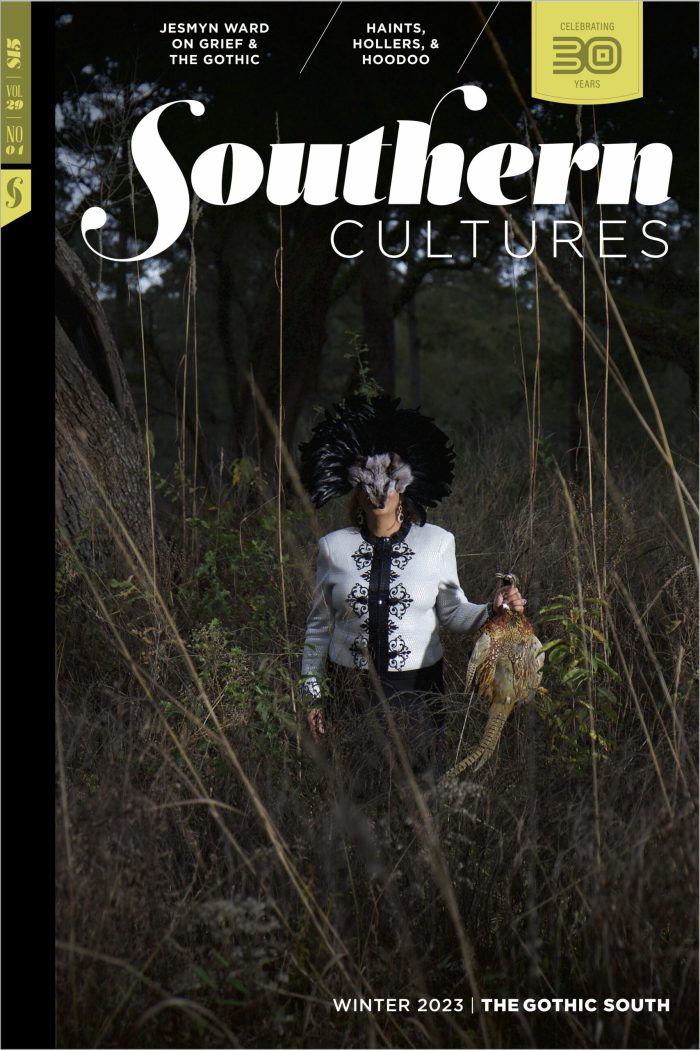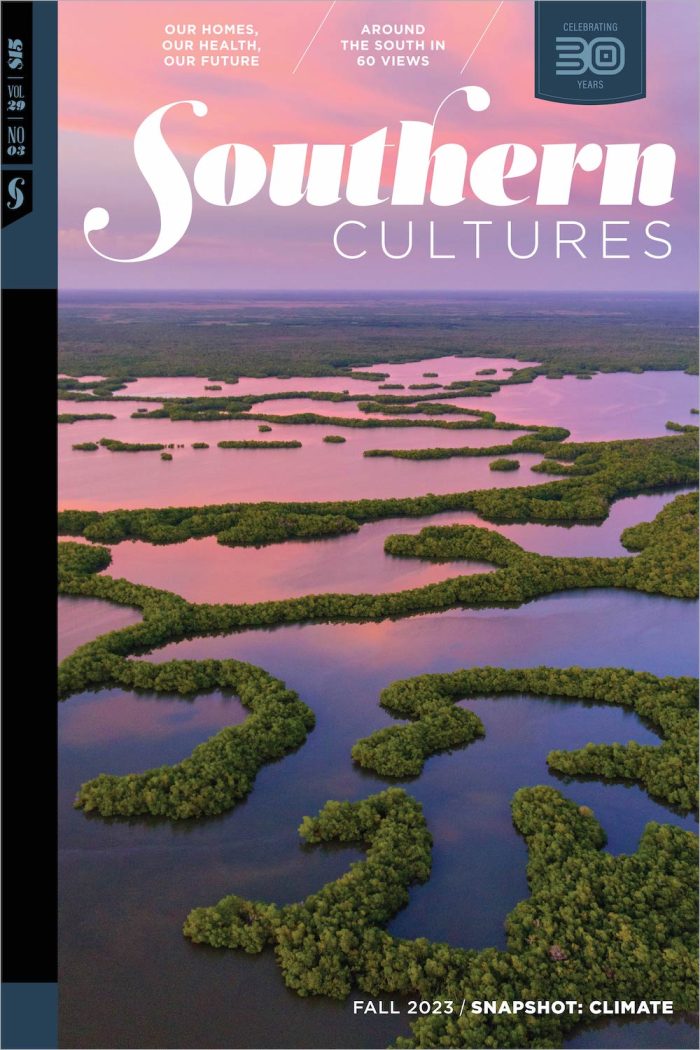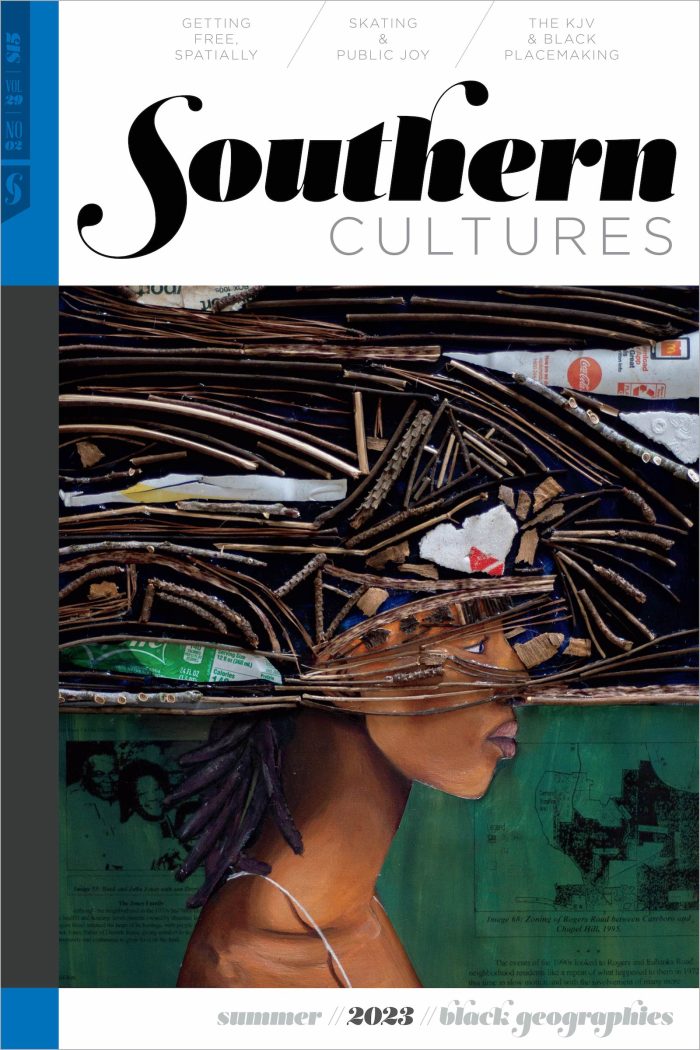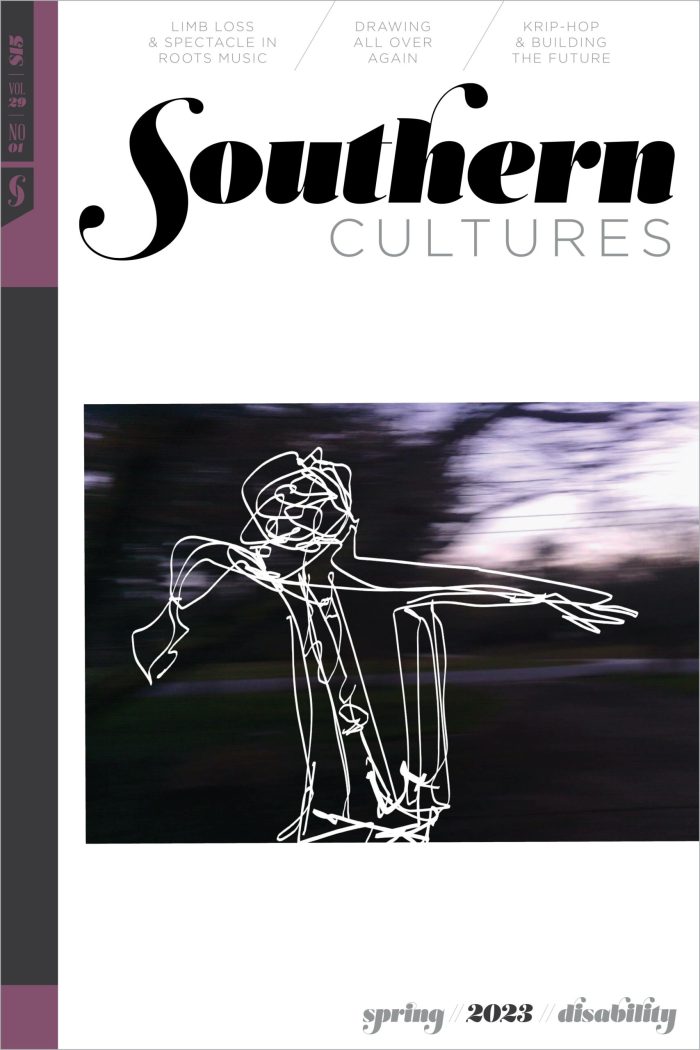BUY ACCESS
by Harry L. Watson
“Southern identity is a moving target. Its meaning keeps changing and so do those who claim it.” Who is a southerner? There have been many answers to this question, but until most recently they have all had something in common. Writing in 1928, Georgia-born historian Ulrich B. Phillips famously proclaimed that “a common resolve, indomitably »
by Larry J. Griffin,
Ranae Jo Evenson,
Ashley B. Thompson
“Exactly who is a southerner, exactly who wishes to be a southerner, and who is thought to have the right to claim southern identity are now highly uncertain.” For most of its history, the South, in the unforgettable words of southern-born Yale historian U. B. Phillips, was “a white man’s country,” and so “southerners”—the possessors, »
by Earl Higgins
“Those who are given the power by law to exercise mercy become too intoxicated, overwhelmed by the power to end life; they can no longer grant the mercy advocated by the scriptural teachings they purport to follow. Matthew 5:7, for example, instructs, ‘Blessed are the merciful, for they shall obtain mercy.'” Driving across the South, »
BUY ACCESS
by James O. Farmer
“South Carolina cannot boast a Civil War reenactment on the scale of those held at Gettysburg, Antietam, Fredericksburg, or other famous battle sites, yet since the mid-1990s it has played host to one of growing size and reputation.” In the late 1990s, when journalist Tony Horwitz traveled the South in his quest to understand the »
BUY ACCESS
by Katy Vinroot O'Brien
“The usual terrain of southern homecoming celebrations—cheerleaders rah-rahhing, smartly clad members of the homecoming court soaking up the crowd, mothers and babies at parade’s edge, hastily built fraternity floats—contrast with markers of heightened national pride and sudden, uncomfortable transformation.” Grief, fear, pride, love, sympathy, courage, anger, hate. The attacks of 9-11 provoked a mix of »
BUY ACCESS
by Thorpe Moeckel
“There’s no horizon, / no line on the Atlantic. . .” Bartram’s Trail To follow Bartram’s trail upstream, past Tugaloo, to cross the Chattooga River at Earl’s Ford, to go up the Warwoman Valley, up past the cascades & bridalveils of Finney Creek, up along the Continental Divide between Rabun Bald & Hickory Knob, is »
BUY ACCESS
by Ann Taylor Peden
“Thank you, heart lady.” I was about five years old—and being dragged along on another of a series of errands that generally didn’t hold much interest for me. But this trip held promise. We were going to one of my favorite places . . . the bookstore. And for some reason my mom seemed to »
by Bryan Albin Giemza
Louisiana State University Press, 2004 Once when I was visiting Baton Rouge I happened to witness a keystone cops moment that would have made John Kennedy Toole’s patrolman Mancuso blush. I stood on the observation deck of the Louisiana State Capitol Building, Huey Pierce Long Jr.’s monument to ego, the visible remnant of his power, »
BUY ACCESS
by Michael Chitwood
The University of Tennessee Press, 2004 For Appalachians of a certain generation, the Dictionary of Smoky Mountain English is not a reference work. It’s memoir. While I grew up watching Gilligan’s Island and American Bandstand, I also heard, repeatedly, the story of how my father was made fun of when asked for his merchandise to »
BUY ACCESS
by Tom Hanchett
University of North Carolina Press, 2003 One of the biggest stories in the South of a century ago was the mass migration from farms to cities. The movement had begun with the creation of railroads in the mid-nineteenth century, maturing into a full-fledged network by the 1890s. Rail junctions became hotbeds of economic opportunity, and »
BUY ACCESS
by John Quinterno
Alfred A. Knopf, 2002 Lyndon Johnson had a complex relationship with the South. Although his power depended on the backing of southern leaders, Johnson feared that too close of an association with the South would prevent him from realizing his ultimate ambition: the presidency.
